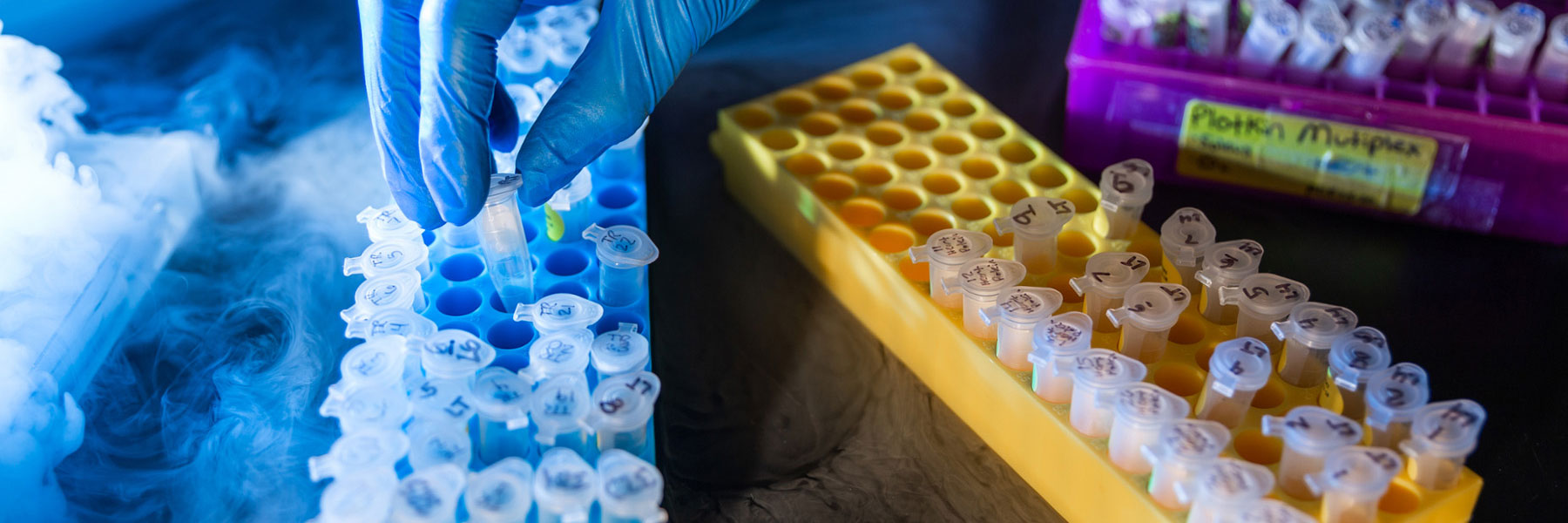Replication Competent Virus Assays
Determination of the requirements for RCR and RCL Testing may vary depending on the intended use – Investigators are encouraged to review the FDA Guidance.
- Extended S+/L- (RCR) Assay for RD114 Pseudotyped, GALV Pseudotyped and Other Amphotropic and Xenotropic Viruses. The purpose of this study is to detect replication competent retroviruses (RCR) that may have formed by recombination during vector manufacture or use. The test sample is placed into culture with 293 cells and maintained in culture for three weeks to enhance the replication of any infectious retrovirus that may be present. The assay is designed to analyze vector and cell products. Additional assays are available for ecotropic virus, amphotropic viruses and vectors pseudotyped with RD114, VSV-G and BaEv envelopes. The assay is performed under cGMP to meet US FDA requirements.
- Replication Competent Lentivirus (RCL) Assay: This assay is designed to detect replication competent lentivirus (RCL) derived from HIV-1 based vectors. The test sample is used to inoculate a cell line, C8166-45 (derived from human umbilical cord blood lymphocytes), that is permissive for infection and growth of HIV-1. The permissive cell line is inoculated with the test sample and cultured for 21 days to allow amplification of RCL, thereby increasing assay sensitivity. The indicator phase is performed by infecting naïve C8166 cells with cell-free media from the amplification phase, and then passaging the cells for an additional 7 days. At the end of the indicator phase, supernatants are collected for p24 and PERT analysis. Presence of RCL in test samples is indicated by detection of virus protein or reverse transcriptase in the indicator cell supernatants. The assay is performed under cGMP to meet US FDA requirements.
- Quantitative Real Time PCR Assay for Target Sequence Detection: This assay is capable of providing quantitative analysis of genomic DNA isolated from cells transduced with retroviral and lentiviral vectors. DNA from the Sponsor is analyzed using amplification and quantification of target sequence using specific primer and probe sets. Each test sample from the sponsor is combined with target DNA specific primers and a fluorescent probe to quantify amplification after each round of PCR. The assay limits of quantification is 10 copies per 0.2 μg of human DNA. Primers for envelope pseudotypes used in clinical gene transfer include VSV-G, GALV, RD114, COCAL, BaEv, and other targets. The assay is performed under cGMP to meet US FDA requirements. The assay can be used in evaluating transduced cell products, or for post-trial monitoring.


